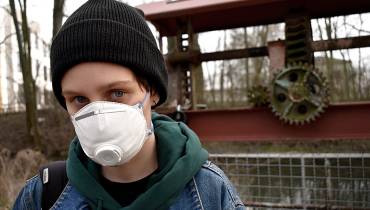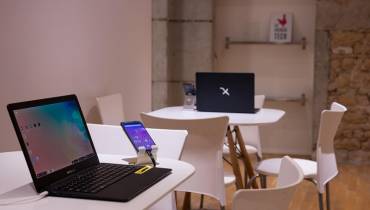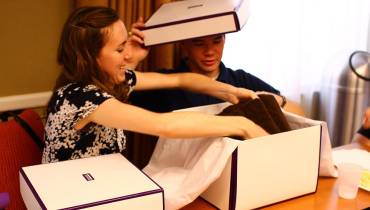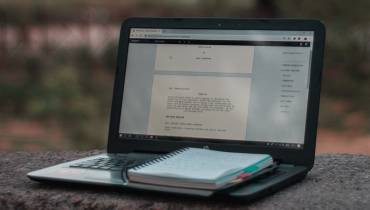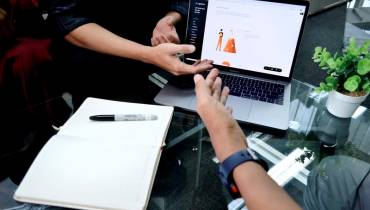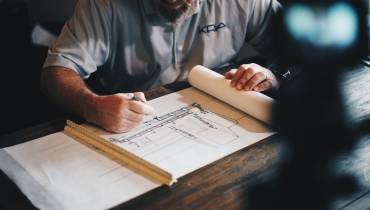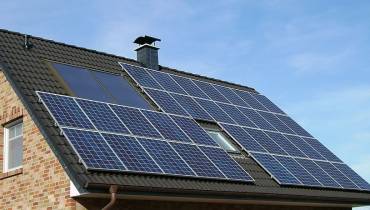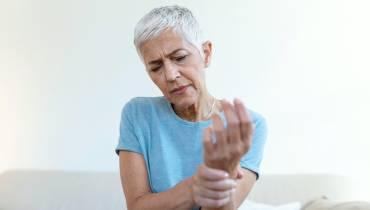Exercising While Wearing a Mask: What Do the Experts Say?
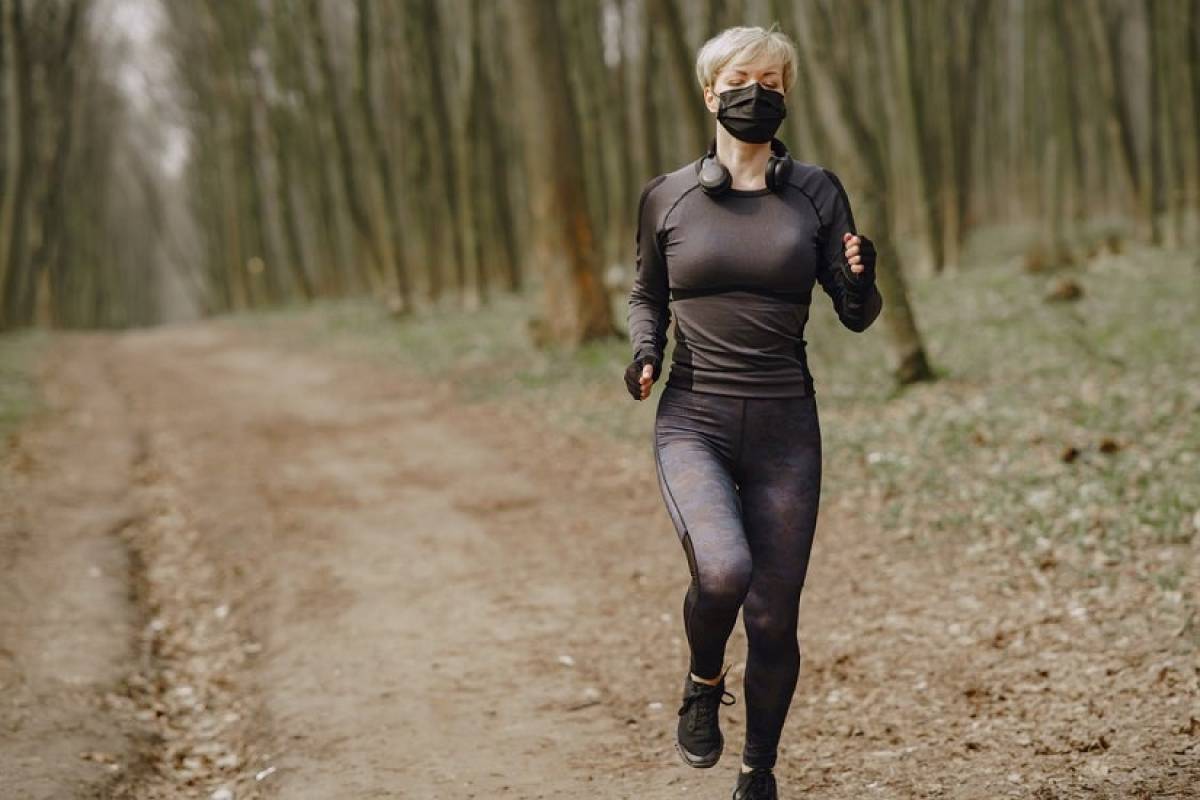
Just in case you forgot, there is still a pandemic out there, ravaging human lives. We need to continue to proceed with caution. It is also the time to improve your personal lifestyle.
However, it shouldn't stop you from dripping and, more importantly, exercising.
In light of these developments, you need to adhere to safety precautions during your exercise routine. One of such safety precautions is wearing a face mask. Understandably, there have been lots of debates as to whether it is safe to wear a mask while exercising.
Not to worry, this article will provide comprehensive answers to your burning questions.
Why masks?
Coronavirus is highly contagious, and it can be transferrable between humans within six feet through fluids. In many parts of the United States and the world at large, it is compulsory to wear masks in a public place. Therefore, you cannot afford to contravene state laws.
Research has shown that it isn't airborne, but people within a touching distance can contract the virus when fluids come out from an infected person's mouth or nostrils and land in another person's mouth or nostrils.
People engage in outdoor exercises for different reasons. Some do it to help them with anxiety. While exercising, especially in groups, it is customary to mutter words or release fluids through the nostrils or mouth.
If proper precautions are not taken, someone not infected can contract the virus. Generally, wearing a mask will mitigate the risk of spreading the infection or getting infected by another person.
Should you wear masks while exercising?
The apex body for health-related issues in the world, World Health Organization (WHO), which says that it isn't medically advisable to put on masks while exercising. That’s because a mask hampers comfortable breathing. Sweat can also make the mask become wet more quickly which makes it difficult to breathe and promotes the growth of microorganisms.
WHO reiterated that the most effective method is social distancing.
However, as with most recommendations, it is for an individual to decide whether or not to put on masks while exercising.
Therefore, here are some expert views you should consider.
Many people can still perform well with masks
Many health experts are of the viewpoint that it is generally safe to wear masks while exercising because it does not inhibit their performances. However, there are specific symptoms to watch out for like feeling dizzy, difficult breathing, feeling lightheaded, numb feeling, etc.
It isn't an impediment to movement
The mask is only worn to cover the nose and mouth. Therefore, if it does not have any direct on motion-inclined body parts such as the arms, fingers, limbs, feet, etc. this way, one can still put on a nose mask.
But that's just about that.
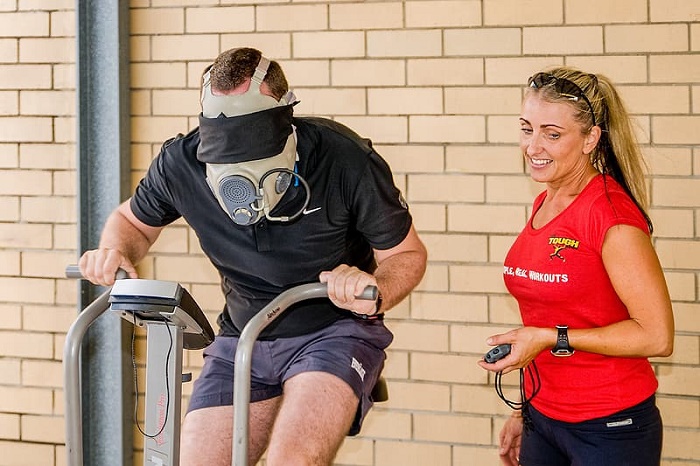
The cons of masks while exercising
Air is a vital factor for athletes and anyone engaging in exercise. While you're at your exercise drills, they leave you breathless as your breathing pace increases. This makes it harder for you to breathe.
If you cannot inhale enough air needed because of the mask impeding your respiratory system from functioning correctly, it becomes a huge problem. Your breathing becomes faster, and airflow reduces.
Also, people who engage in heavy exercise will face problems. The muscles, which produce lactic acid, usually bear the brunt of the burden that comes with heavy workouts. The lactic acid is what results in the burning sensation heavy exercisers feel.
When the sensation happens, it metamorphoses into carbon dioxide and released into the air through the mouth and nostrils. With a mask, it becomes difficult for the release to happen. It traps the carbon dioxide, and you'll find yourself inhaling and exhaling the same air.
When that happens, it hampers your cognition, and your breathing rate multiplies and leaves you at the risk of burnout.
Besides, individuals who are suffering from respiratory or cardiovascular ailments like asthma and bronchitis should be careful with putting on a mask during their exercise drills. Their respiratory and cardiovascular challenges place them at a higher risk of facing the breathing issues we mentioned earlier.
Even more, they shouldn't engage in exercise outside their homes. Engaging in exercises with a mask could make them dizzy, or worse, faint.
Way forward
Frankly, the end of the pandemic isn't in sight. It is why there is a need to proffer solutions to the challenges of wearing masks while exercising poses.
Making adjustments
If you need to wear a mask while exercising, you need to make adjustments to your drills. For example, if you were wheeling away on a treadmill at speed 4.0, you should consider reducing it to 4.0 or 3.0. when you do it, the intensity decreases.
Also, if your pushups were timed and you have to do 30 pushups in 30 seconds, you might want to remove the time limit and do it at a slower pace.
Generally, your intensity level needs to reduce drastically. Besides, you can opt for exercises that won't increase your respiratory rate rapidly.
Listen to your body
When a body function changes, the body gives signs. Therefore, you need to pay keen attention to your body for any changes. If you ever feel lightheaded, dizzy, numb, or you cannot breathe properly, you need to take a break from your exercise drill.
Take a few minutes off, remove your mask, breathe in and out continuously until your body gets enough oxygen. If your body is short of oxygen, you'll feel those symptoms, and it only means that something is wrong somewhere.
Alternatively, you can purchase a pulse oximeter if you have some cash to spare. It measures oxygen supply accurately and helps you determine if you're short of oxygen or not.
Stay at home and employ a personal trainer
This is the most effective way. It does not include the use of a mask. You can employ a personal trainer or someone who is on the verge of becoming a CPT. Such an individual will provide the right guidance you need and motivate you even if you're trying to lose weight at home.
If anyone needs to wear a mask, it's your personal trainer who also knows how to make and use a hand sanitizer during training.









